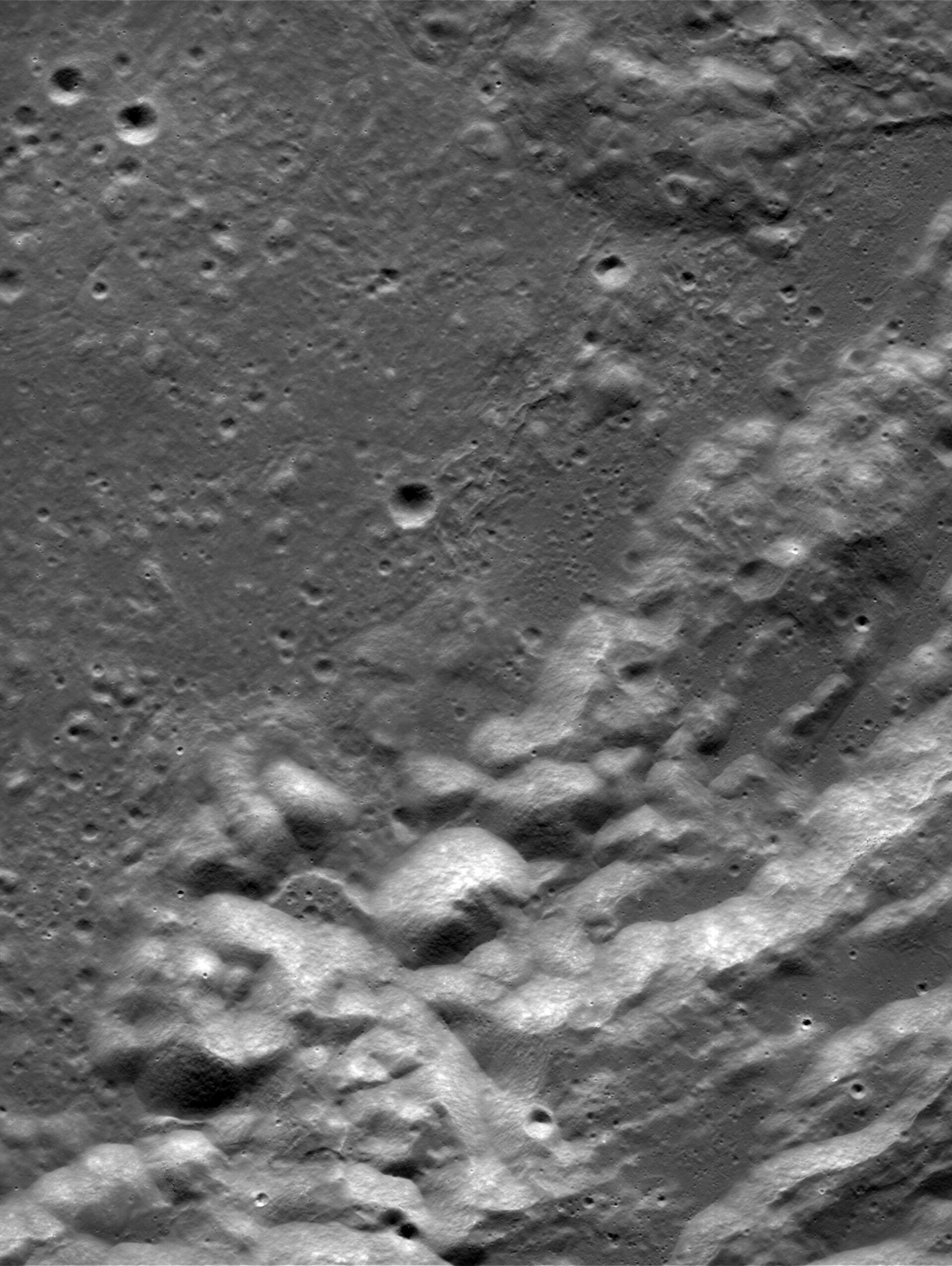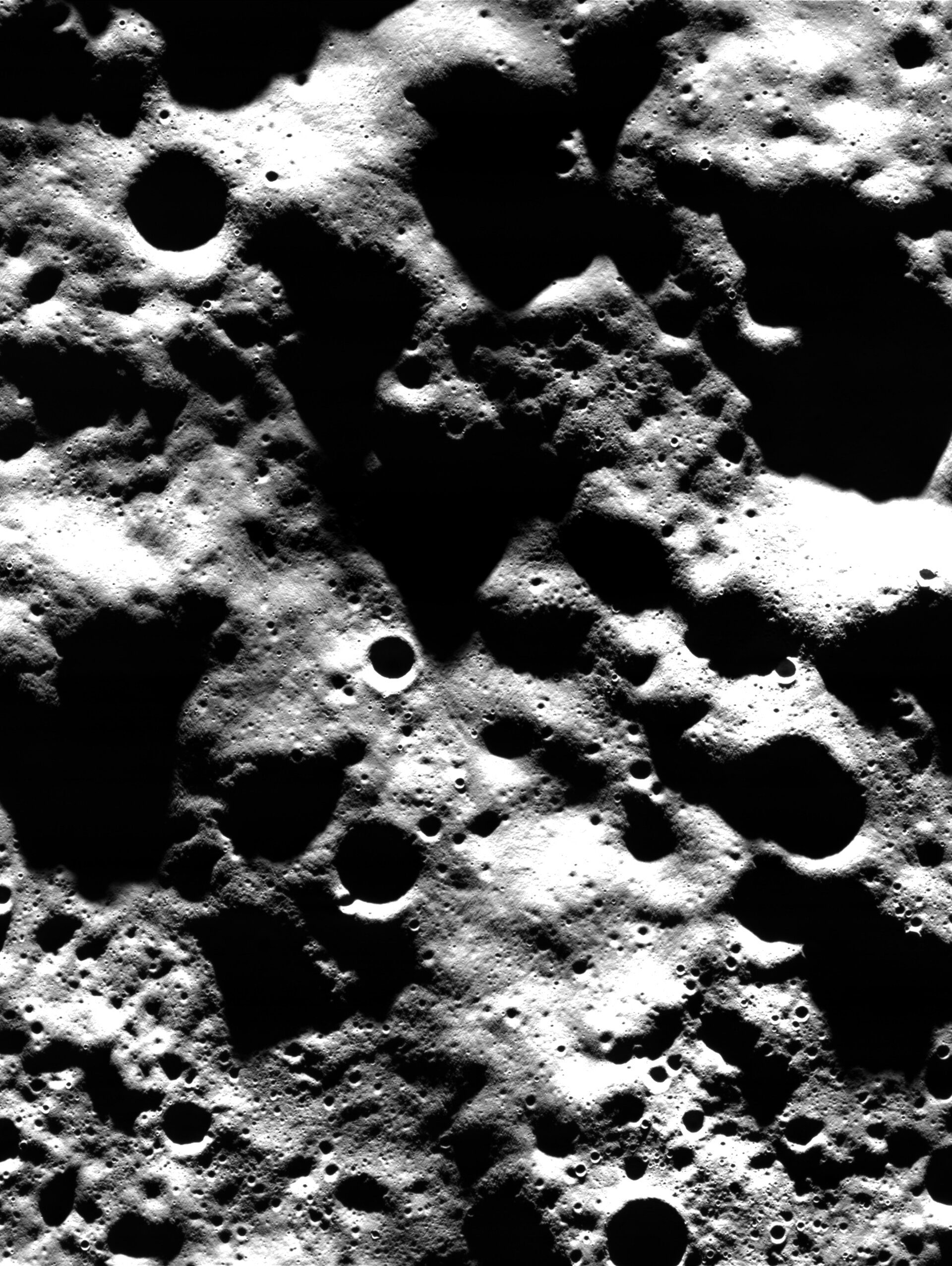User Rating: 5 / 5
Since ESA’s Jupiter Icy Moons Explorer (Juice) spacecraft flew by the Moon and Earth earlier this week, we’ve seen images from its observation cameras and its navigation camera. Today we’re unveiling the first images from the JANUS science camera, designed to take detailed, high-resolution images of Jupiter and its icy moons. JANUS will study global, regional and local features and processes on the moons and map Jupiter’s clouds. Resolutions can reach 2.4 metres per pixel on Ganymede and about 10 kilometres per pixel on Jupiter.
The primary purpose of JANUS’s flyby observations of the Moon and Earth was to evaluate how well the instrument was performing, not to make scientific measurements. For this reason, JANUS took images with different camera settings and at different time intervals, much like when you first test a DSLR camera. In some cases, the researchers intentionally blurred the images to test resolution restoration algorithms. In other cases, they partially saturated the image to study the effects on desaturated areas.
The name JANUS comes from the Latin expression “Jovis, Amorum ac Natorum Undique Scrutator,” or roughly in English “Scrutiniser of Jupiter, and all his beloveds and descendants.” Jupiter’s four largest moons, the focus of JUS’s mission, are named for key players in the “love affairs” of Zeus, the Greek equivalent of Jupiter. JANUS will transform our knowledge of Jupiter’s icy moons by capturing them with 50 times greater resolution and coverage than previous cameras sent to the Jovian system. The camera is equipped with an onboard computer that manages all the instrument’s functions, processes commands, and transmits data to Earth. By imaging our moon without an atmosphere, JANUS can test how it works on Ganymede, Callisto, and Europa. Jupiter itself has a massive, turbulent atmosphere; JANUS images of Earth can better simulate the different layers and components of Jupiter’s atmosphere.
JANUS was developed by an industrial consortium led by Leonardo SpA, under the supervision of the Italian Space Agency (ASI) and in collaboration with the Italian National Institute for Astrophysics (INAF), responsible for instrument science, the German Aerospace Center (DLR), CSIC-IAA in Granada (Spain) and CEI Open University in Milton Keynes (UK).

Image: ESA/Juice/Janus
Image: ESA/Juice/Janus
source: European Space Agency

“Lifelong entrepreneur. Total writer. Internet ninja. Analyst. Friendly music enthusiast.”













More Stories
Monster Jam Showdown Launch Trailer
The European Digital Twin Ocean prototype reveals many possibilities
Instagram now lets you add a song to your account